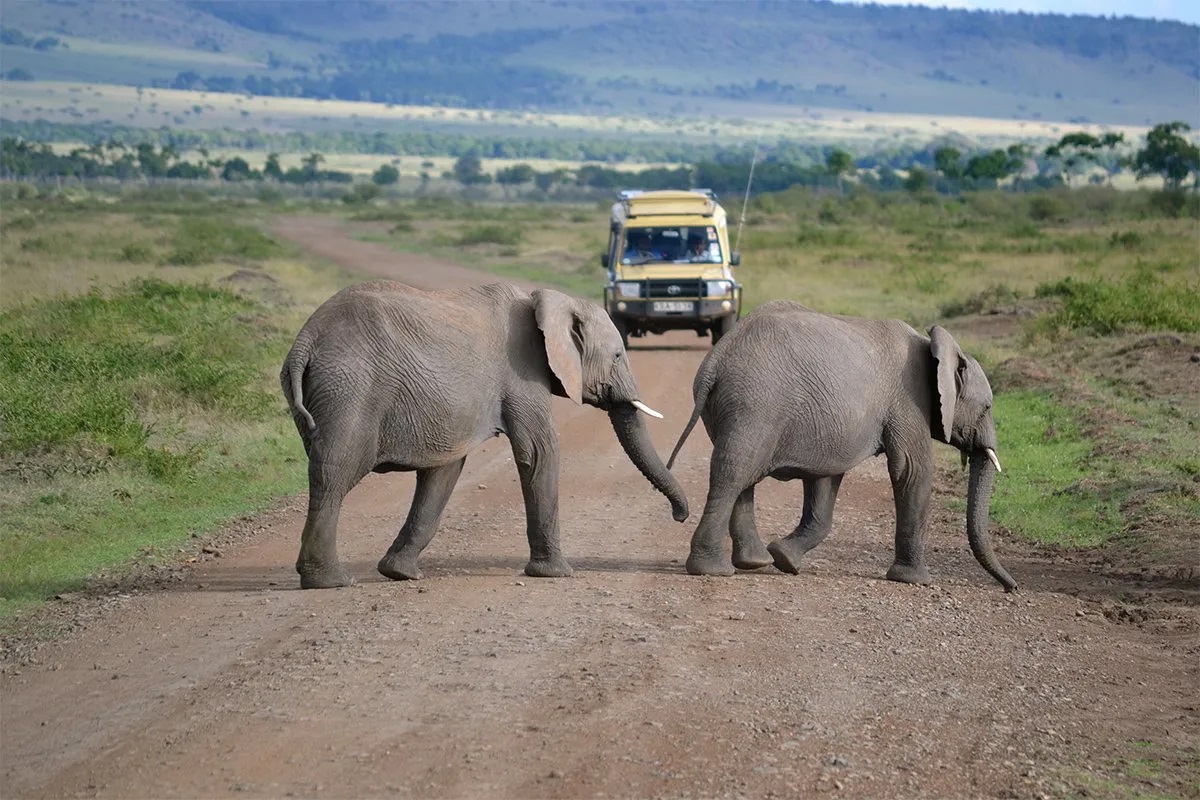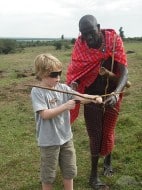The Iconic Masai Mara
Discover the Iconic Masai Mara: A Journey into Africa’s Wild Heart
Kenya’s Masai Mara National Reserve is more than just a safari destination—it’s a living canvas of Africa’s most iconic wildlife, dramatic landscapes, and rich cultural heritage. Whether you’re a seasoned traveler or a first-time visitor, the Mara promises an unforgettable adventure that blends nature, history, and the thrill of the wild.
Table of Contents
- Introduction: The Allure of the Masai Mara
- A Glimpse into the Great Migration
- The Big Five and Beyond: Wildlife Encounters
- Exploring the Landscape: From Savannas to Riverbanks
- Cultural Immersion: The Maasai People
- Safari Activities: Beyond the Game Drive
- Planning Your Visit: When and How to Go
- Where to Stay: Accommodation Options
- Safety and Travel Tips
- Conclusion: Embarking on Your Masai Mara Adventure
Introduction: The Allure of the Masai Mara
The Masai Mara National Reserve, often simply called the Mara, is located in southwestern Kenya, bordering Tanzania’s Serengeti National Park. Spanning approximately 1,510 square kilometers, it is renowned for its exceptional population of big cats and the annual Great Migration of wildebeest, zebras, and gazelles. The reserve is named after the Maasai people, the area’s ancestral inhabitants, and the Mara River that meanders through the landscape.
Visiting the Mara offers a rare opportunity to witness nature’s raw beauty and power. From the thunderous gallop of wildebeest crossing the Mara River to the silent prowl of a lioness stalking her prey, every moment is a testament to the circle of life in the wild.
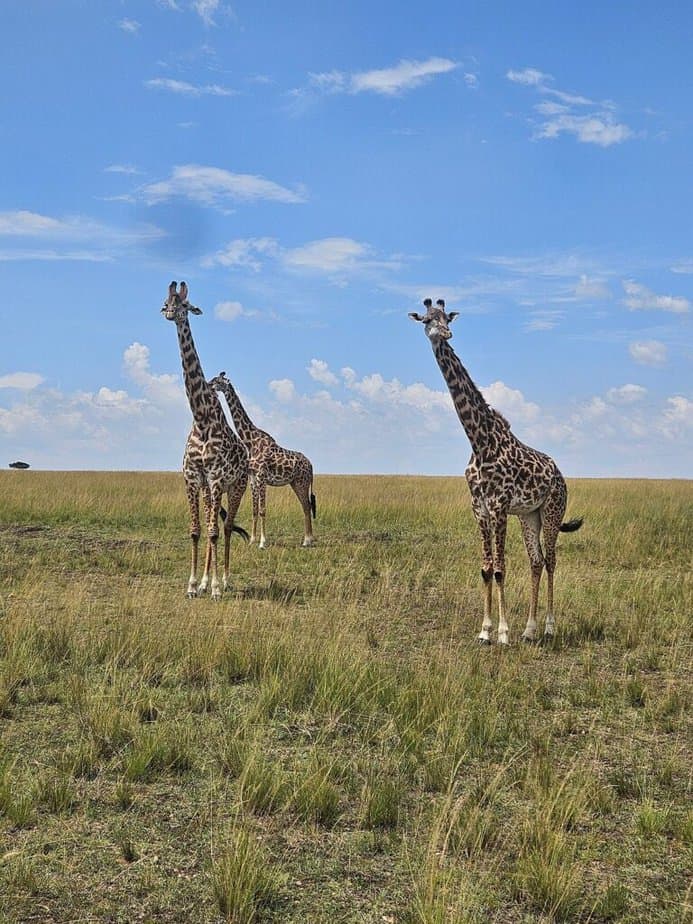
A Glimpse into the Great Migration
One of the most spectacular natural events in the world, the Great Migration sees over two million wildebeest, zebras, and gazelles traverse the Serengeti-Mara ecosystem in search of fresh grazing grounds. This journey, driven by the seasonal rains, brings these animals into the Masai Mara from July to October. The highlight is the dramatic river crossings, where herds brave the crocodile-infested Mara River, showcasing nature’s resilience and the perilous path to survival.
Witnessing this migration is a bucket-list experience for many travelers. The sight of thousands of animals moving in unison, the sounds of hooves pounding the earth, and the occasional predator lurking nearby create an atmosphere charged with anticipation and awe.
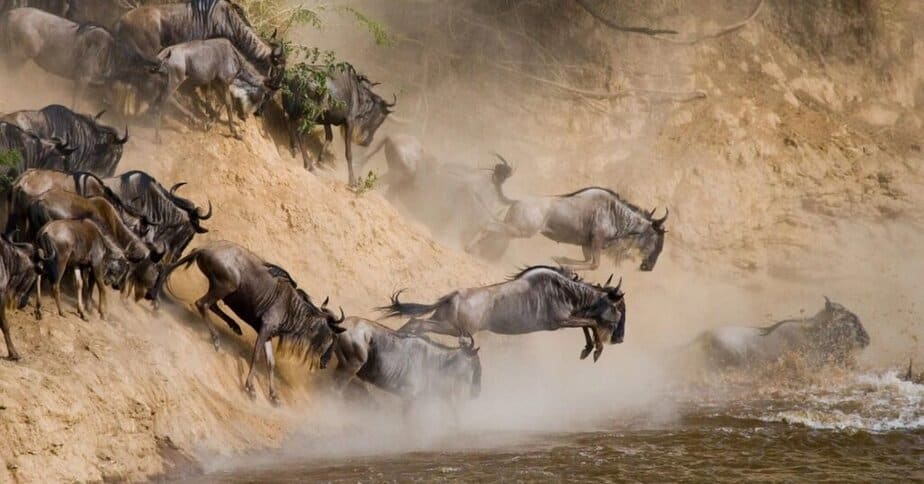
The Big Five and Beyond: Wildlife Encounters
While the Great Migration is a major draw, the Masai Mara is home to a diverse array of wildlife year-round. The “Big Five”—lion, leopard, elephant, buffalo, and rhino—are commonly spotted, with lions and leopards often seen lounging in trees or stalking prey across the plains.
Elephants roam in large herds, their massive ears flapping as they forage for food, while buffaloes graze in groups, their horns forming a formidable shield. Rhinos, both black and white, are more elusive but can be found in the reserve’s protected areas.
Beyond the Big Five, the Mara boasts an impressive variety of wildlife, including cheetahs, giraffes, hippos, crocodiles, hyenas, and numerous bird species. The reserve’s diverse ecosystems, from riverine forests to open savannas, provide habitats for this rich tapestry of life.
Exploring the Landscape: From Savannas to Riverbanks
The Masai Mara’s landscape is as diverse as its wildlife. The vast savannas, dotted with acacia trees, stretch endlessly under the African sky, offering panoramic views and a sense of freedom. The Mara River, with its winding paths and lush banks, serves as a lifeline for the animals and a dramatic backdrop for the migration.
In contrast, the reserve’s escarpments provide elevated views, allowing visitors to appreciate the vastness of the Mara. The diverse terrain not only enhances the safari experience but also supports a wide range of habitats, from wetlands to woodlands, each teeming with life.
Cultural Immersion: The Maasai People
The Maasai people, with their distinctive red shuka (clothing) and beadwork, have coexisted with the wildlife of the Mara for centuries. Their deep knowledge of the land and its creatures has been passed down through generations. Engaging with the Maasai offers travelers a unique insight into a culture that has maintained its traditions amidst modernity.
Many safari lodges and camps offer visits to Maasai villages, where guests can learn about traditional practices, participate in dances, and hear stories of the land. These interactions not only enrich the travel experience but also support the local communities through cultural tourism.
Safari Activities: Beyond the Game Drive
While game drives are the cornerstone of any safari, the Masai Mara offers a plethora of other activities to enhance your experience:
- Hot Air Balloon Safari: Soar above the Mara at dawn, witnessing the landscape bathed in golden light and spotting wildlife from a unique vantage point. Many balloon safaris conclude with a champagne breakfast in the bush.
- Walking Safaris: Accompanied by armed Maasai guides, these walks provide an intimate understanding of the ecosystem, focusing on smaller details like tracks, plants, and insects.
- Horseback Safaris: Experience the Mara’s beauty on horseback, moving silently through the plains and getting closer to wildlife without disturbing them.
Planning Your Visit: When and How to Go
Best Time to Visit:
The Masai Mara is a year-round safari destination, but the best time to visit depends on what you want to see.
- July to October: Ideal for witnessing the Great Migration and the dramatic Mara River crossings.
- December to March: Offers pleasant weather and excellent wildlife viewing with fewer tourists.
- April to June: Known as the green season; the park is lush and less crowded, although some roads may be muddy due to rains.
How to Get There:
- By Air: Several domestic airlines operate daily flights from Nairobi’s Wilson Airport to airstrips within the reserve, such as Keekorok, Ol Kiombo, or Musiara. The flight takes about 45 minutes.
- By Road: A scenic 5–6 hour drive from Nairobi through the Great Rift Valley. While more economical, road conditions can be rough, especially during the rainy season.
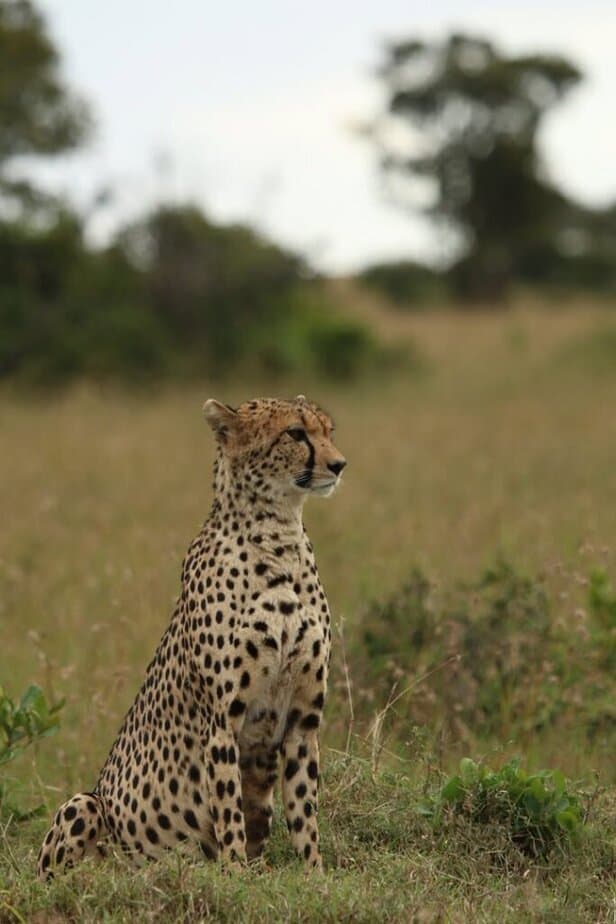
Where to Stay: Accommodation Options
Whether you’re looking for luxury lodges or budget-friendly campsites, the Masai Mara caters to every traveler:
Luxury Lodges:
- Angama Mara – Perched high above the plains, with glass-fronted suites and impeccable service.
- Mara Serena Safari Lodge – Offers panoramic views and modern amenities in a classic safari setting.
Mid-Range Options:
- Mara Intrepids Camp – Located in a prime game-viewing area near the Talek River.
- Ashnil Mara Camp – Comfortable tented accommodation with great access to wildlife.
Budget-Friendly Camps:
- Mara Explorers Camp – Perfect for backpackers and overlanders looking for a rustic, authentic experience.
- Manyatta Camp – Offers basic comfort with excellent access to the park.
Many lodges also offer all-inclusive packages with meals, game drives, and cultural visits, which can simplify planning and budgeting.
Safety and Travel Tips
1. Vaccinations & Health:
- Recommended vaccinations include Yellow Fever, Hepatitis A & B, and Typhoid.
- Malaria prophylaxis is also advised.
- Always drink bottled or purified water.
2. What to Pack:
- Neutral-colored clothing for game drives.
- Binoculars and a good camera with a zoom lens.
- Sunscreen, insect repellent, and a wide-brim hat.
- A light jacket for early mornings and evenings.
3. Safari Etiquette:
- Respect the wildlife and maintain a safe distance.
- Avoid loud noises and sudden movements.
- Never feed the animals.
- Follow your guide’s instructions—always.
4. Connectivity & Payments:
- Some lodges offer Wi-Fi, but it can be limited.
- Mobile networks like Safaricom have decent coverage.
- Most high-end lodges accept credit cards; carry some Kenyan shillings for tips and small purchases.
Conclusion: Embarking on Your Masai Mara Adventure
The Masai Mara isn’t just a destination—it’s an experience that stirs the soul. From the heart-pounding drama of predator and prey to the serenity of a flamingo-strewn lake at sunrise, every moment is rich with life and meaning. It’s a place where nature commands respect and the rhythm of the wild pulses through the land.
Whether you’re watching a lioness with her cubs, soaring above the plains in a balloon, or dancing with the Maasai under starlit skies, the memories you make in the Masai Mara will stay with you forever.
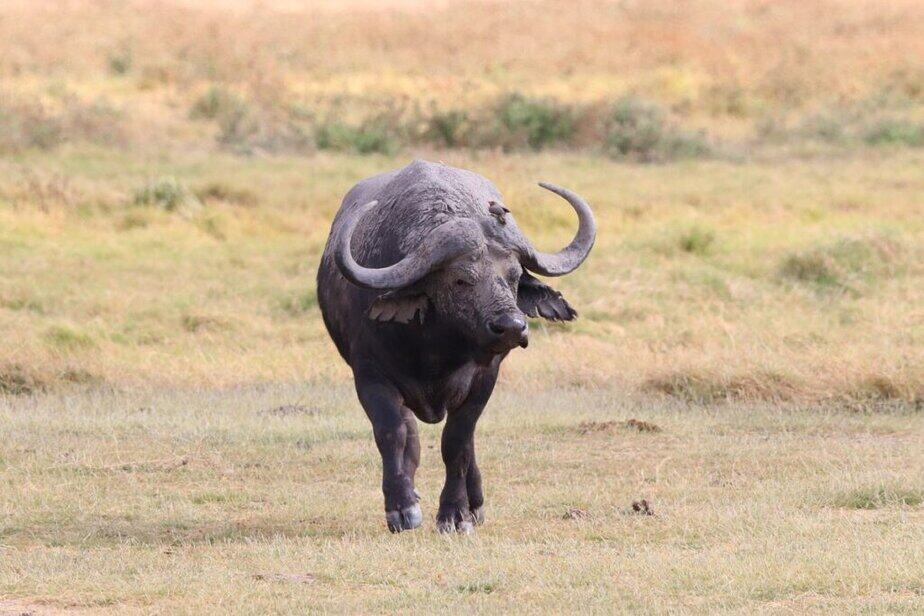
Ready to Discover the Masai Mara?
Your dream African safari is closer than you think. Whether you’re traveling solo, as a couple, with family, or in a group, the Masai Mara has something for everyone.
🌍 Book your adventure today with a trusted tour operator, or explore customizable safari packages that suit your style and budget.
Don’t wait—nature’s greatest show is calling. Discover the iconic Masai Mara and let the wild set your spirit free.
📧 Contact us now to start planning your journey or explore our recommended tour packages here.
